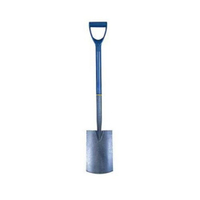5 invasive plants that could be ruining your garden without you knowing – and one is highly surprising
Gardening experts share the most invasive plants to avoid
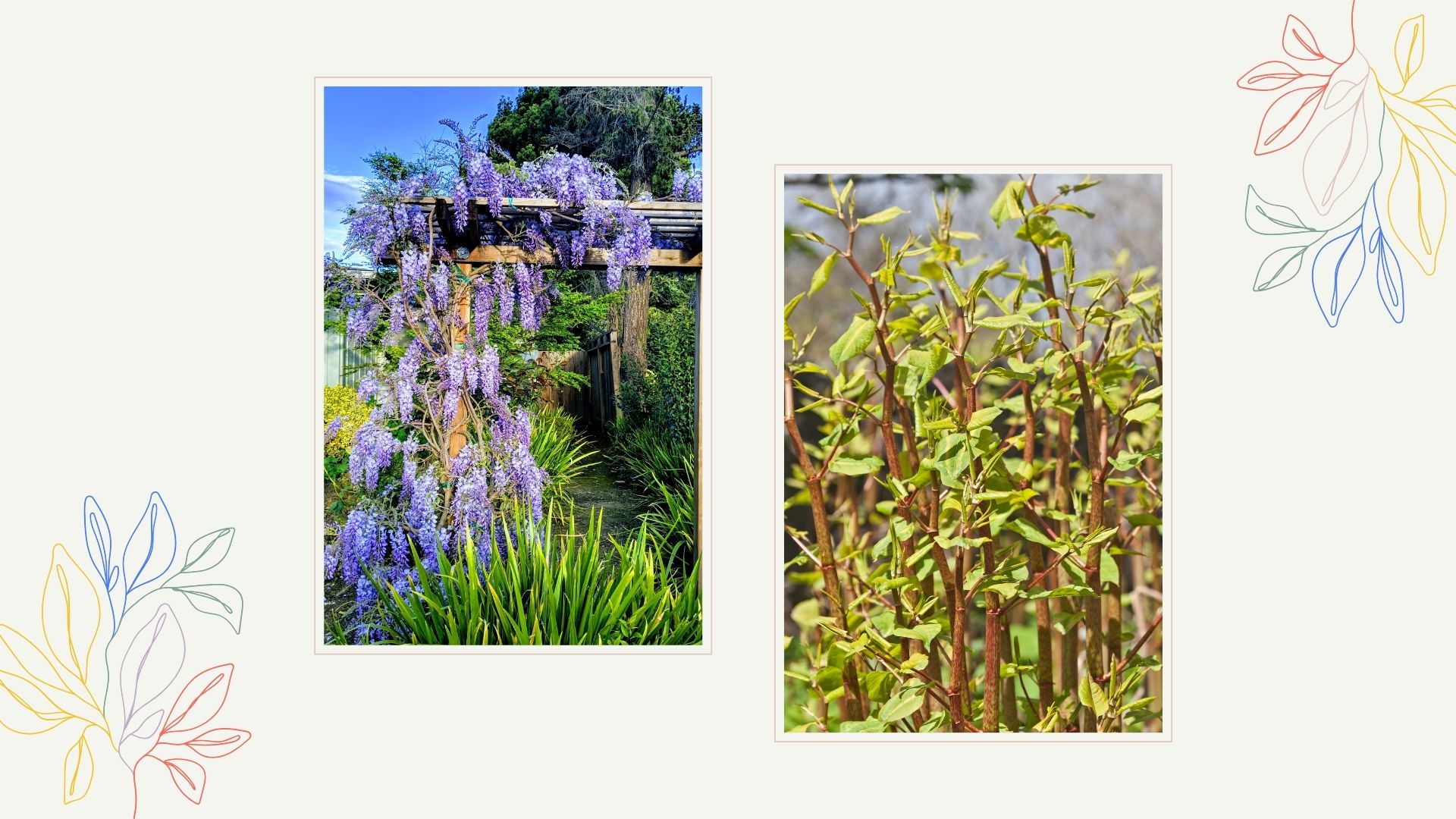

More often than not our gardens can have a mind of their own and before we know it we're met with a variety of different plants that we didn't plan on cultivating. And whilst most are innocent, there are some species that become a big expensive problem if not removed.
Whether you keep up with the garden trends or not, it's no secret that there are some plants no gardener wants growing in their plot, garden no matter how captivating they may look. And whilst the rewilding garden trend is forever popular, some of these invasive species aren't as harmless as they may first appear.
With that in mind, these are the five most damaging invasive plants that could be taking over your garden and here's how to successfully remove them.
5 invasive plants that could be damaging your garden
Whilst you may have heard, or even come across, some of these best plant species before there are a few that will take you by surprise. If you're wanting to find the best plants for privacy these five stubborn plants are certainly not in the running.
So if you want to protect your other plants, and the foundations of your home and keep your house's resell value high then avoid these species at all costs.
1. Chinese Wisteria
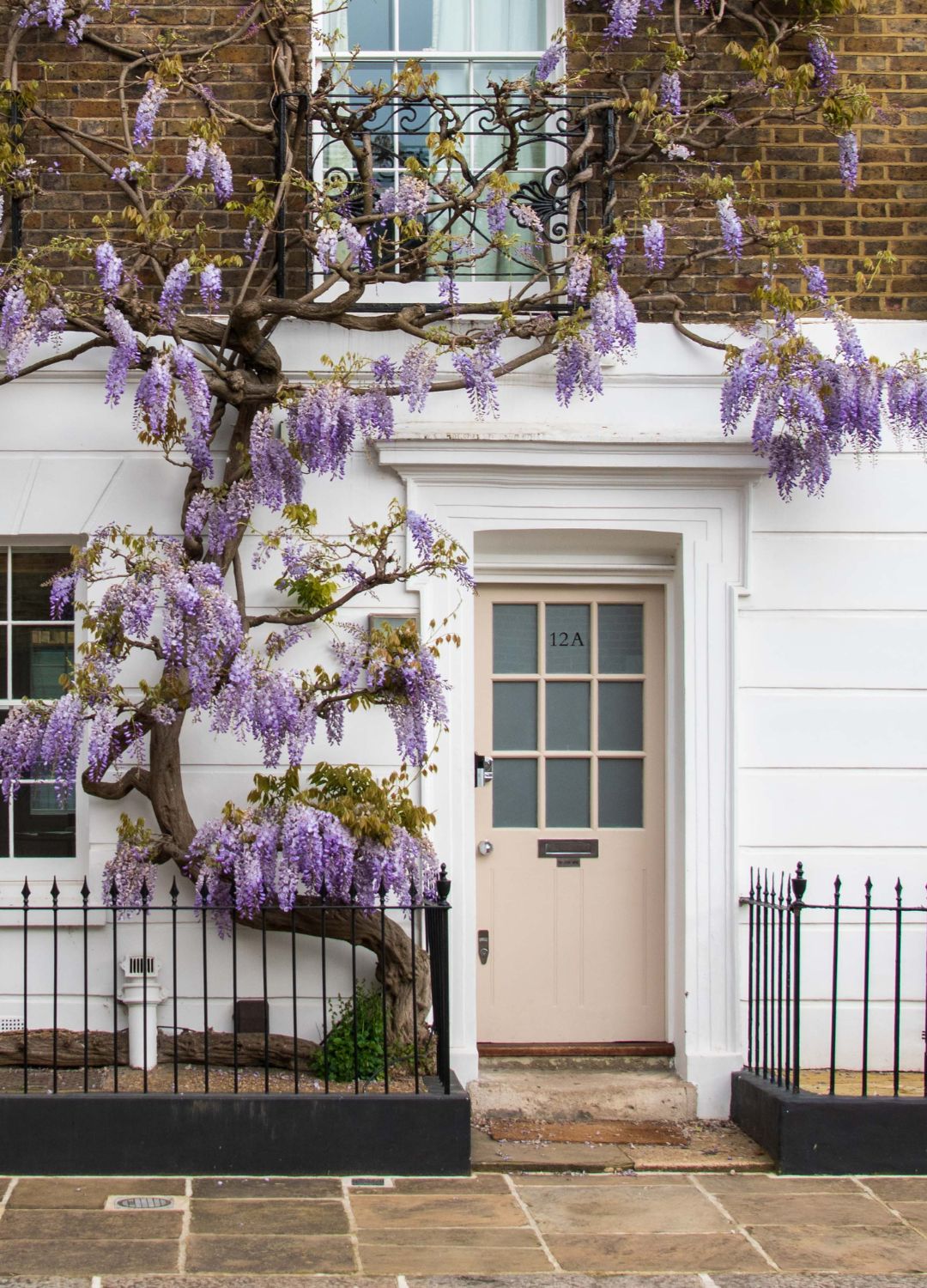
Wisteria is not exactly what comes to mind when you think of invasive plants to avoid. The floral vine that boasts stunning fragrant purple flowers is normally only adored by passers-by and gardening enthusiasts. Especially if you're after than quiet luxury garden trend look.
However, it's not all lilac dreams, according to garden maintenance expert at Rainbow Rubbish Removals, Miroslav Radov, the plant is more of a nuisance in gardens. He says, "It has an aggressive growth habit which can overtake landscapes quickly and lead to it strangling and killing your trees or shrubs."
Sign up to our free daily email for the latest royal and entertainment news, interesting opinion, expert advice on styling and beauty trends, and no-nonsense guides to the health and wellness questions you want answered.
Miroslav also points out that the decadent Chinese wisteria also has toxic seeds and pods which are extremely harmful to humans and animals if they're ingested. Wisteria is such a force that it can cause structural damage if it begins growing into your home and its surrounding infrastructure, so much so it can devalue your house.
When it comes to removal, Miroslav says, "To remove invasive wisteria safely, cut the vines close to the root and apply glyphosate or garlon to the cut stem. Dispose of cut vines properly. Alternatively, if avoiding herbicides, trim regularly until autumn or dig up the entire plant, watching for regrowth."

After noticing a gap in the local councils responsivness of waste collection, Mirsolav created his own waste management company. He has a commitment to enivronmental preservation and offers garden maintenance, lawn care and garden clearance.
2. Giant Hogweed
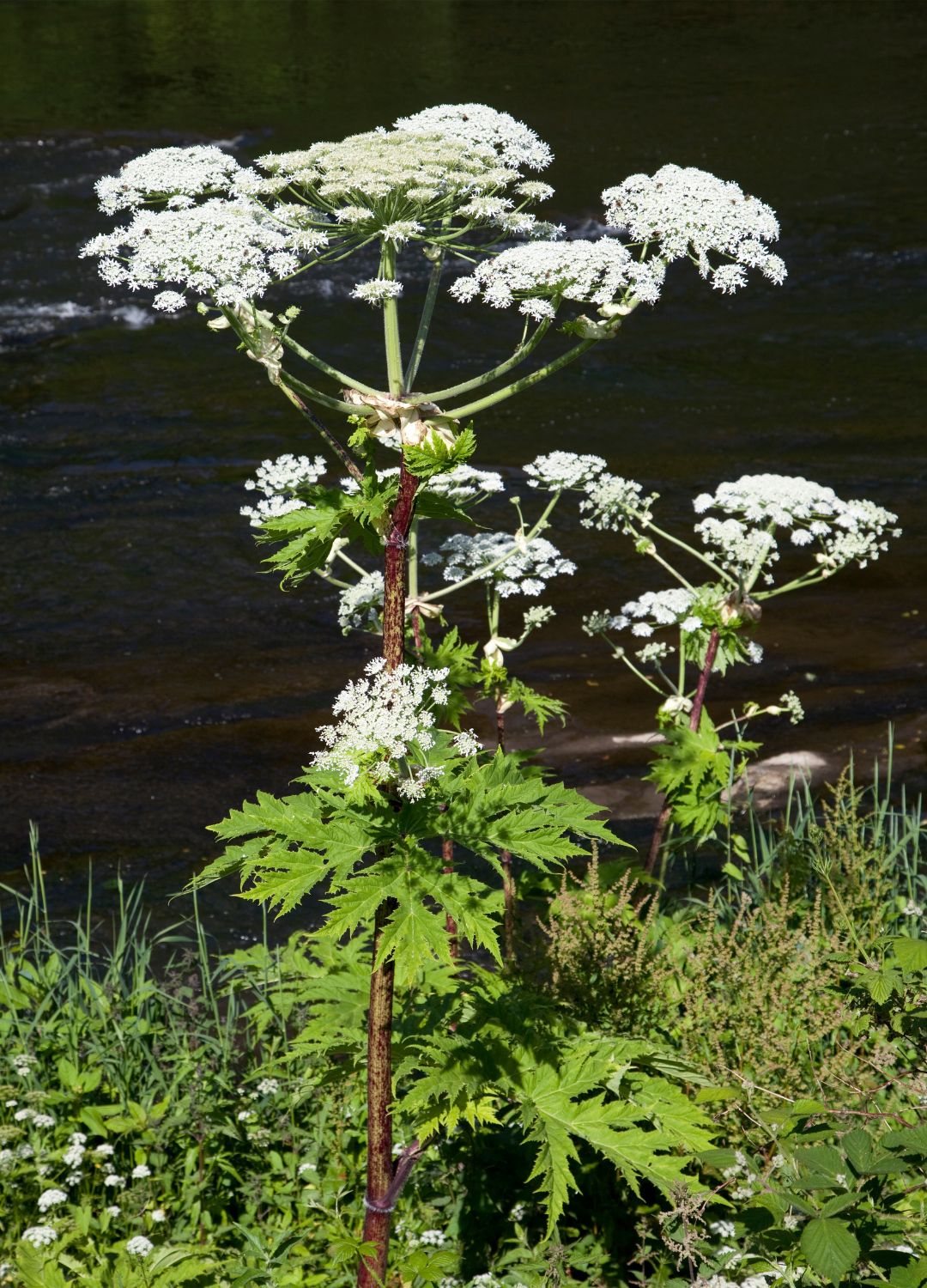
Although the name may sound like something out of Harry Potter, this plant is completely real and unfortunately quite common. And if you're on the lookout for small garden ideas, get rid of any pre-existing giant hogweed to start with.
"Giant hogweed, the most dangerous invasive species in the UK, can grow taller than 10 feet," explains Miroslav. "While it may look pretty, it’s advised to remove the plant as soon as you see it, as this plant poses a significant risk to individuals unaware of its harmful effects."
It's extremely important to be careful around these plants to avoid exposure to the skin, as the RHS warns how giant hogweed sap can result in burns on your skin, even simple contact with the plant can induce rashes and blisters on human skin. This is nothing like dealing with how to get rid of weeds in your grass.
Miroslav's method for removal starts with wearing protective gear when there's no possibility of your skin coming into contact. He then explains, "Focus on preventing seed formation to stop it spreading. Removing the plant entirely is the most effective method and if needed, apply herbicide at the start of the growing season in May."
3. Japanese Knotweed

You may have heard of knotweed from its particularly negative reputation as a rather ruthless invasive plant. This one certainly won't make the list of most alluring plants to liven up your garden.
Japanese knotweed is fast-spreading and only dies back in winter to then quickly regenerate in early summer. It shows up as bamboo-like stems that can grow up to seven feet tall and its roots can penetrate not only your pavements but also the very foundations of your house. So much so it can reduce the value of your home by up to 20%.
The worst part? The more you cut it back the more it grows, so removal needs to be done in a particular way. "Seeking professional assistance is advisable for the removal of this invasive plant, but should you try to tackle it yourself," says Miroslav.
"Try spraying or injecting the stems with approved herbicides. Repeated applications may be necessary, and typically, it requires a minimum of three years to effectively treat the knotweed."
Whilst you might want to transform your garden on a budget, getting professionals in to remove the knotweed could save you a lot more money in the long run.
4. Poison Hemlock
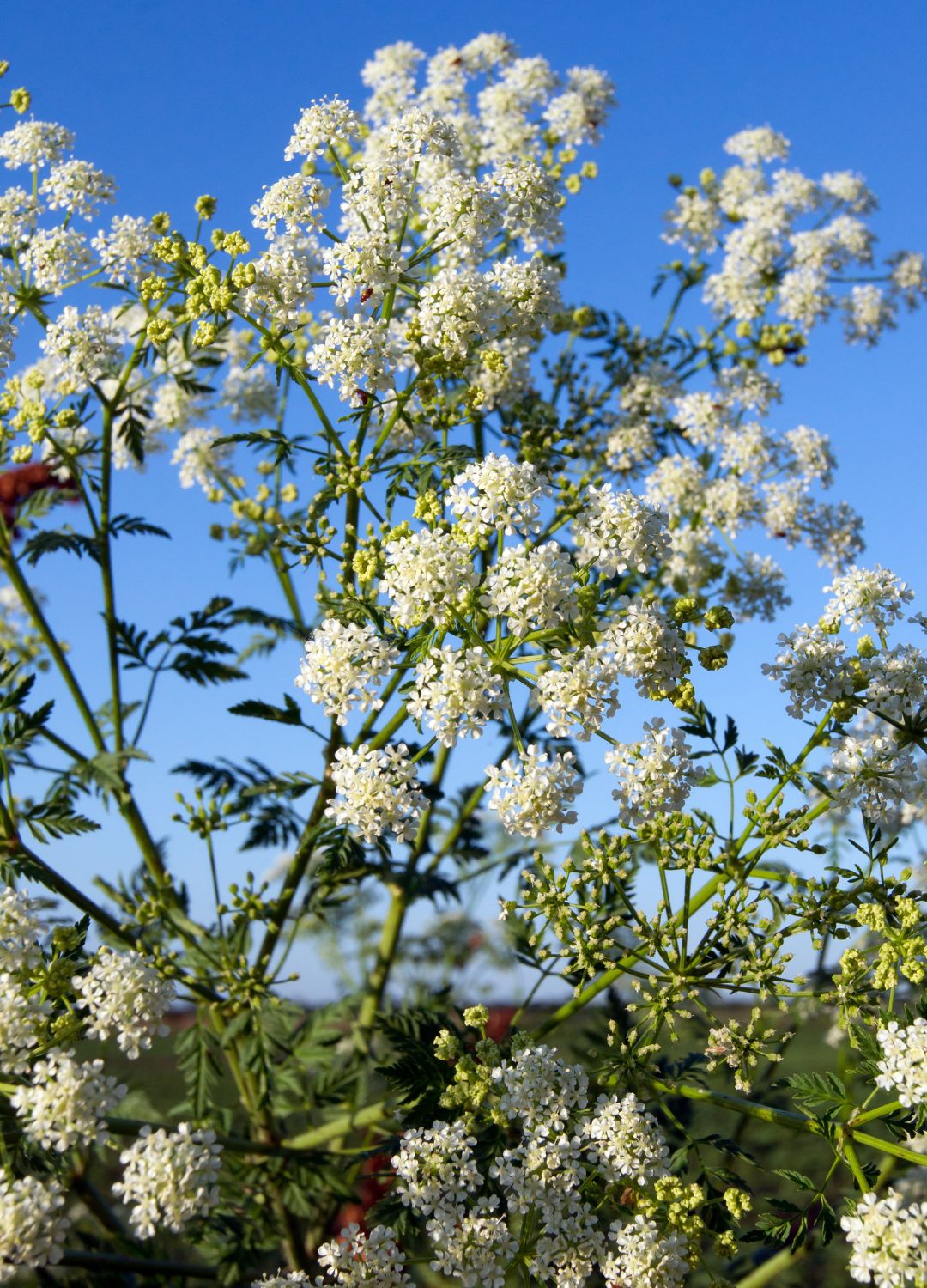
Another fantasy-sounding plant, poison hemlock has earned its rather terrifying name for good reason. This is not one of the best cottage garden plants, instead, it should be approached with caution and immediately removed.
"Poison hemlock is a highly toxic plant with smooth, purple-spotted stems and finely divided, fern-like leaves. It typically grows up to 6-10 feet in height. Its small, white umbrella-shaped flowers appear in clusters during the summer. This plant is infamous for its deadly poison, affecting the nervous system and often proving fatal if ingested," says Miroslav.
Unfortunately, despite its poisonous make-up, it's often mistaken for edible plants like parsley or wild carrots and this has led to accidental poisoning in the past. So removal is key.
Firstly, you must wear protective clothing when handling the plant. Miroslav explains, "Dig out the whole plant, including the long taproot, (alternatively, glyphosate treatment can be used to eradicate the plant). Wash your hands thoroughly after bagging up the plant for removal. Continue to monitor the area for seedling growth."
5. Green Alkanet
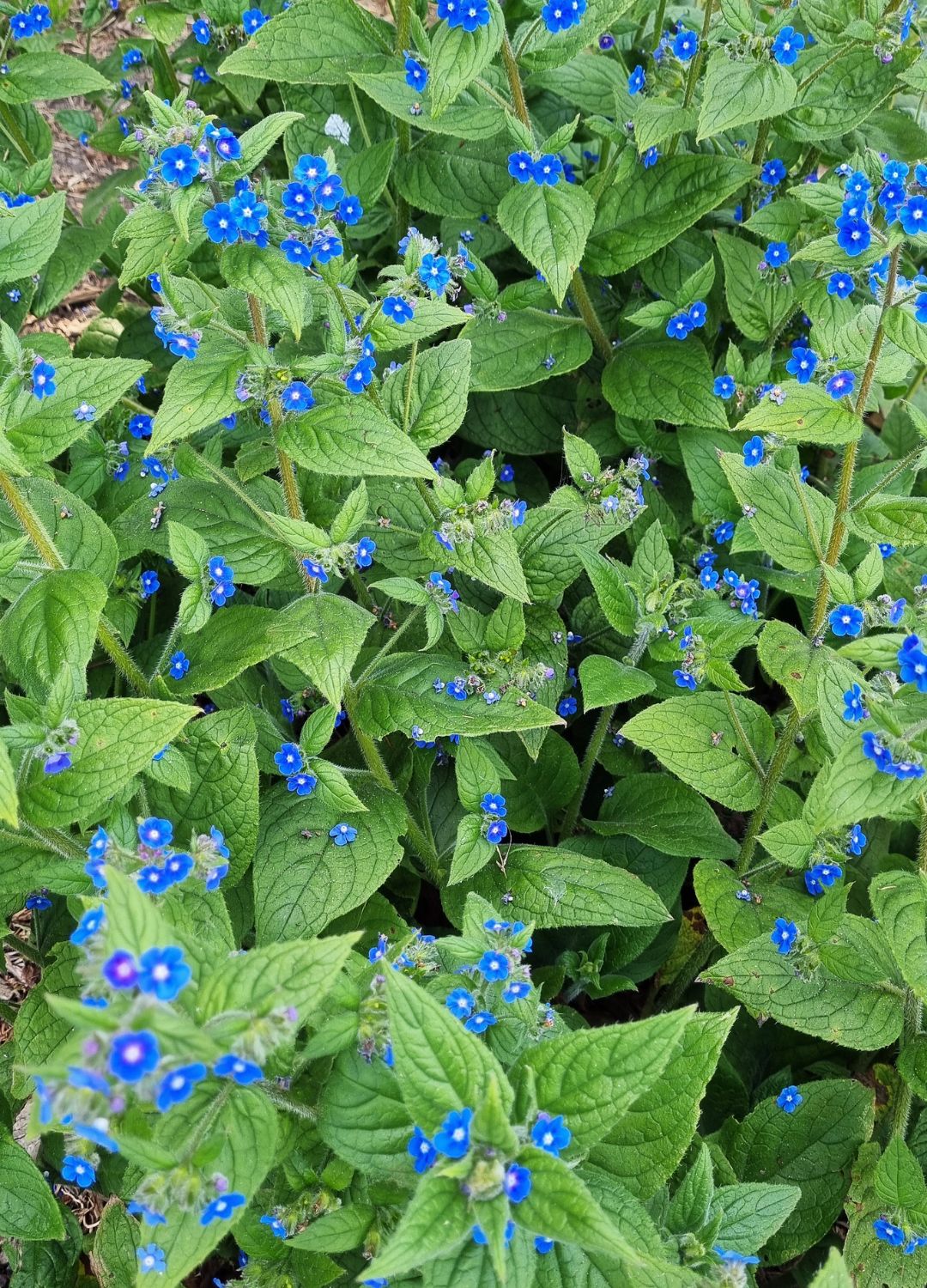
This pretty blue plant may seem harmless at first glance, but it's an extremely invasive perennial and may be the death of your favourite plants. When you've worked so hard to choose plants for pollinators, the last thing you want is aggressive weeds killing them.
Miroslav is quick to stress that despite its attractive appearance, Green Alkanet can quickly spread and dominate garden beds, crowding out desirable plants as it does. He also says it's hard to eradicate as its seeds remain in the soil for a very long and to make matters worse the hairy stems it has can cause skin irritation.
"To remove green alkanet, pull or fork out seedlings from loose soil, ensuring you remove all roots. Keep an eye out for new seedlings near existing clumps," suggests Miroslav.
"For established plants, dig out clumps with a border fork or spade, targeting the root system. Smothering plants with cardboard and thick organic matter or using biodegradable mulch matting can also be effective. Keep the soil covered for several years to make sure it doesn’t spread again."
Using a good quality spade here will make the task much easier, and we'd also recommend you wear clothing that covers your skin as well as some gardener gloves to avoid any irritation.
Heavy Duty 1m Digging Spade: £26.49 at B&Q
It's always best to invest a little more money if you can into your gardening tools, not only so they do the job right but they also last longer. This one from B&Q has a hammer-finished blade and comes with a year guarantee.
Whilst you may be more fond of sustainable garden ideas and would like to keep your waste to a minimum some of these species are extremely dangerous and will need to be removed as soon as possible. It's recommended that you reach out to garden waste removal services before tackling any particularly bad invasion and ensure you're health is protected when undergoing any removal yourself.

Emily joined woman&home as a staff writer after finishing her MA in Magazine Journalism from City University in 2023. After writing various health and news content, she now specialises in lifestyle, covering unique cleaning hacks, gardening how-tos, and everything to help your houseplants thrive.
